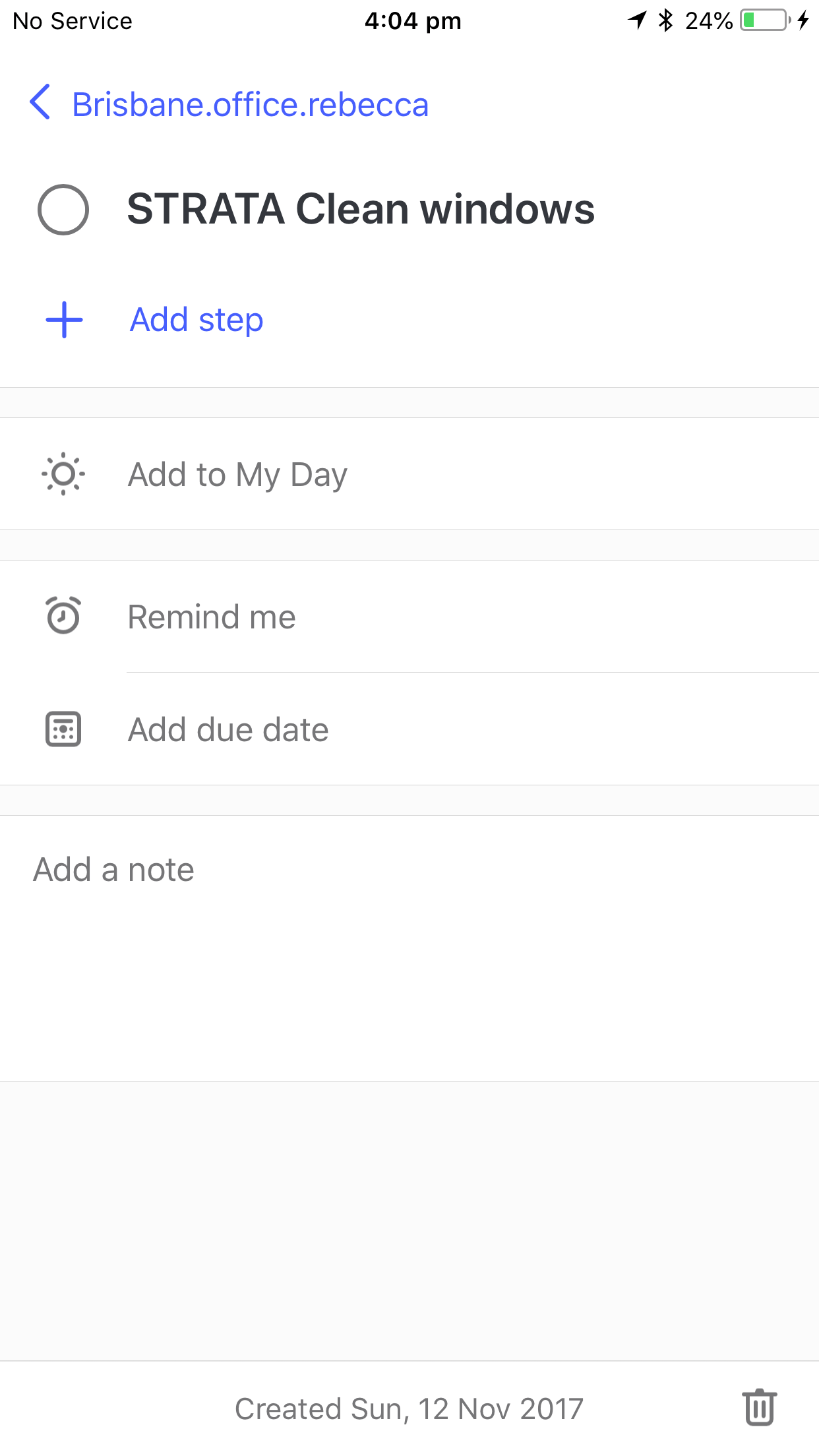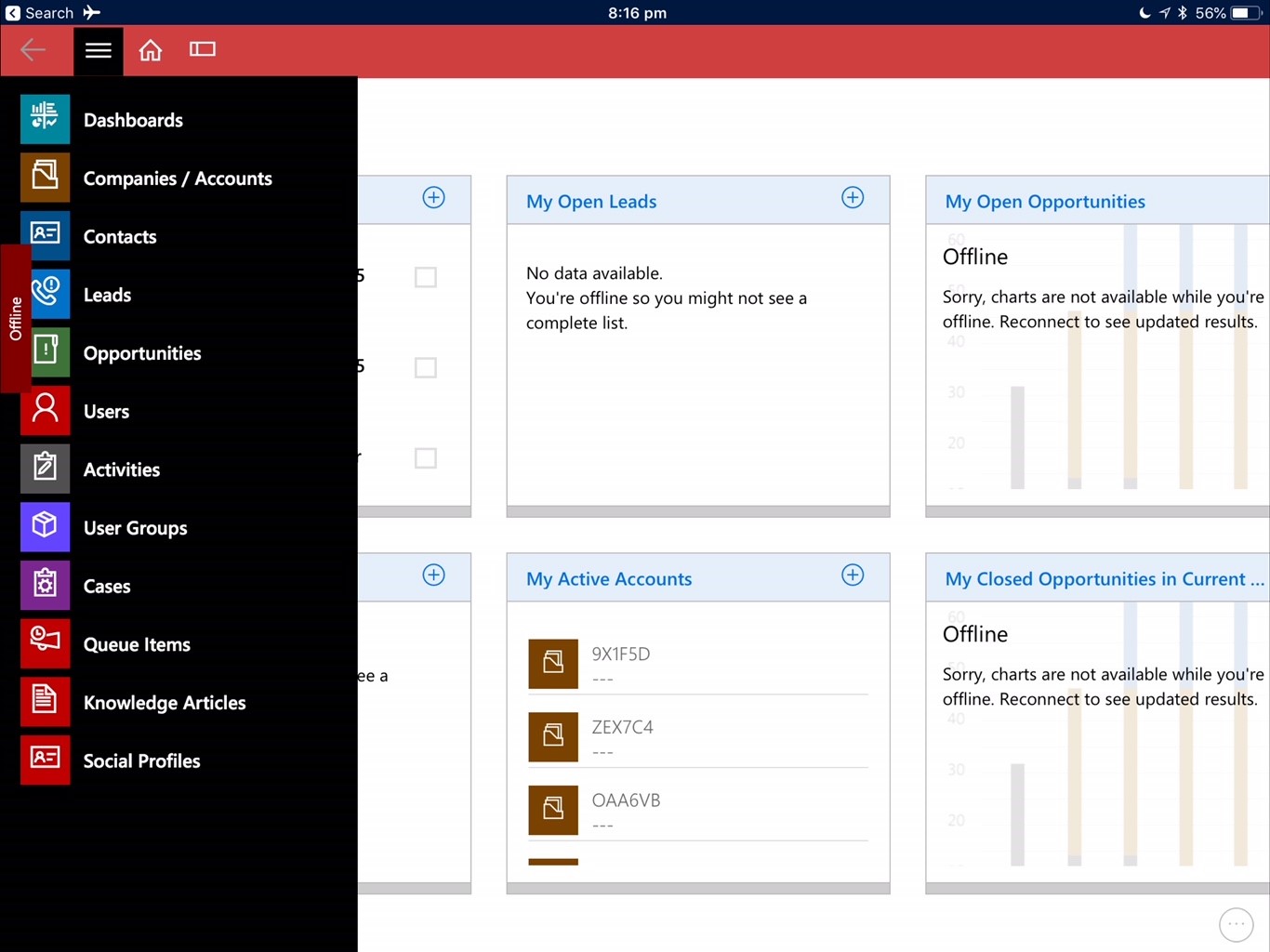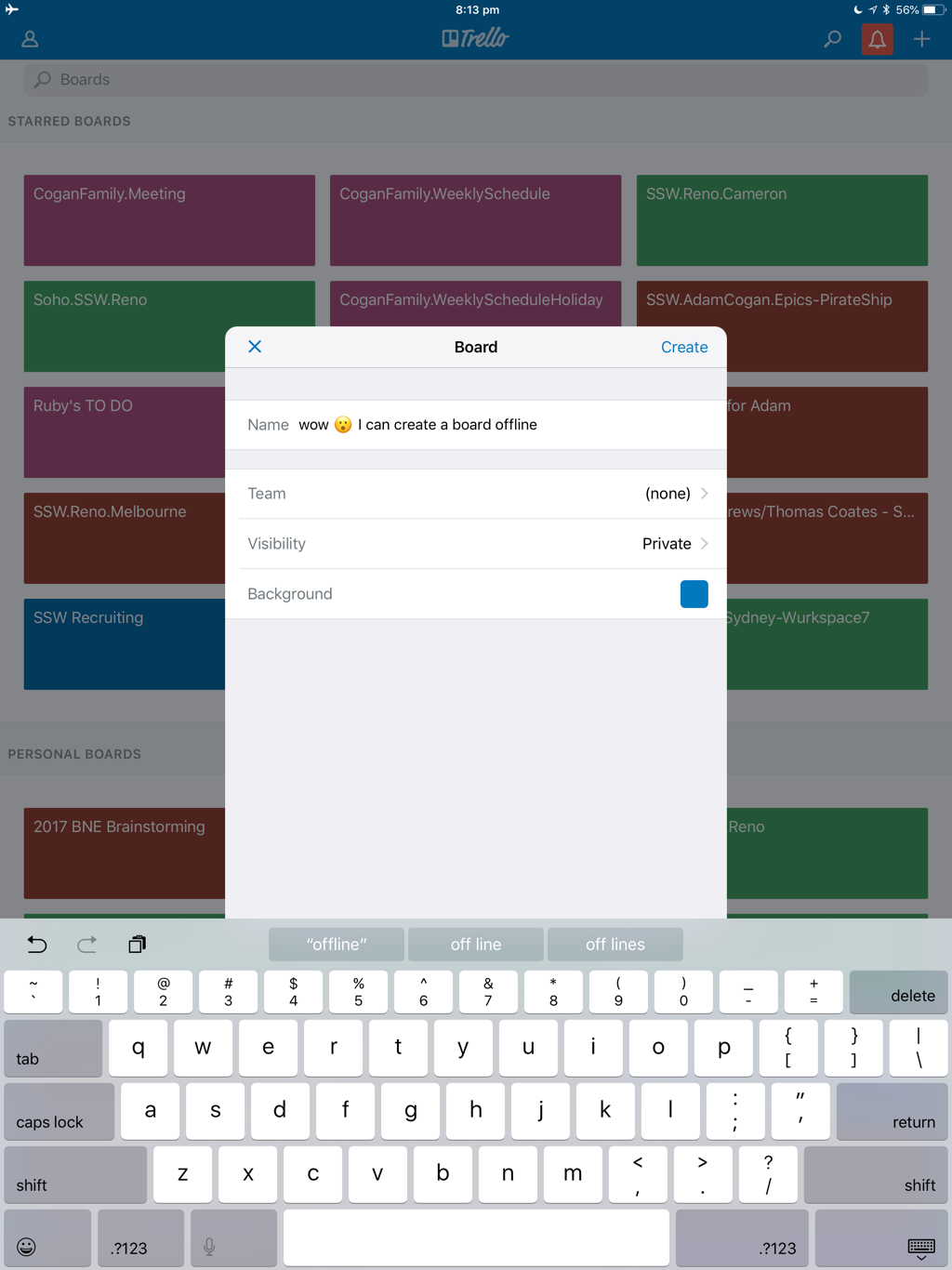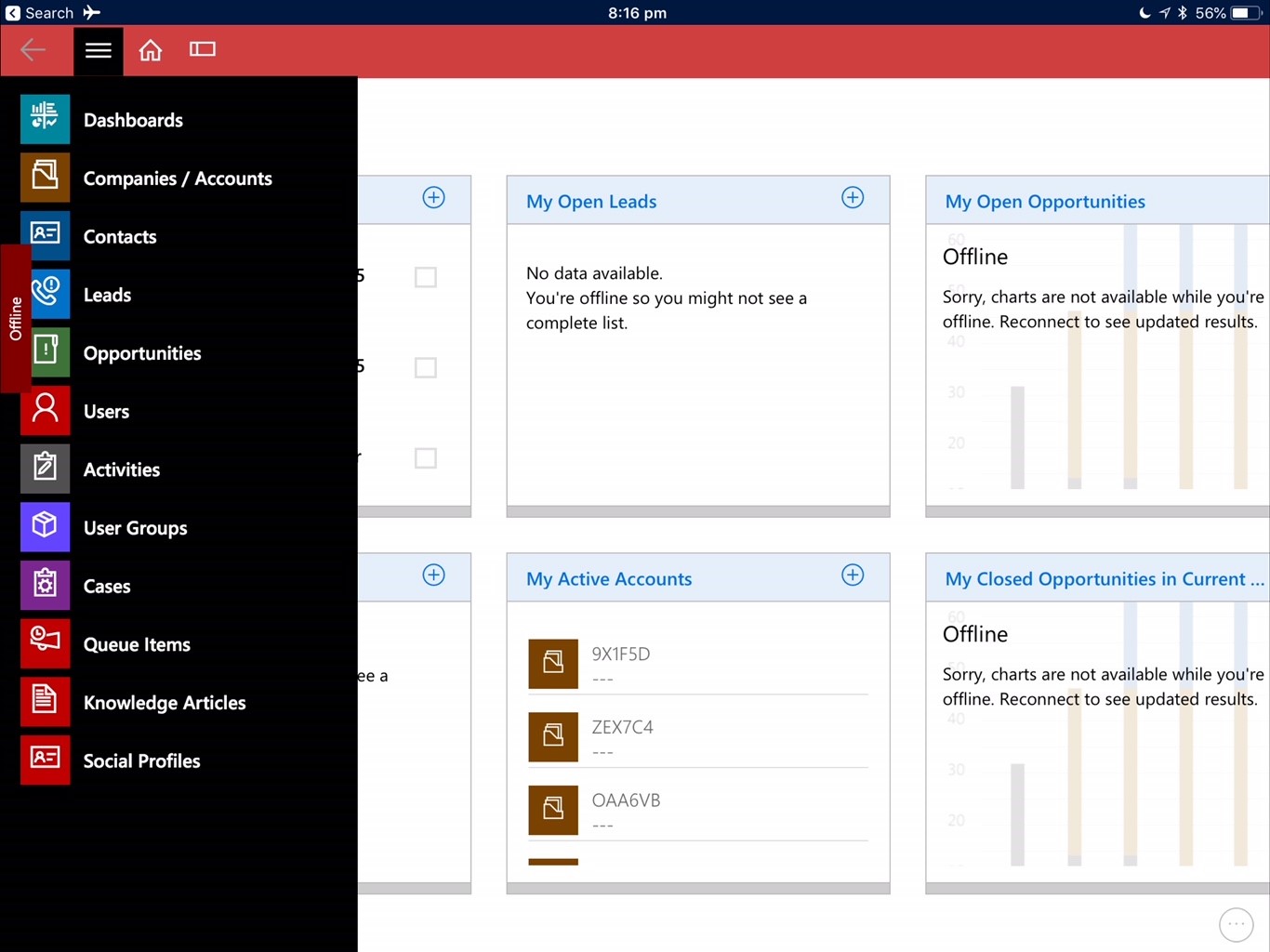During a sprint review, I watched Alvin enter a whole lot of data, close the form, click ‘ok’ and then lose all his work. Grrr!
Let’s change the OK button!
See below…
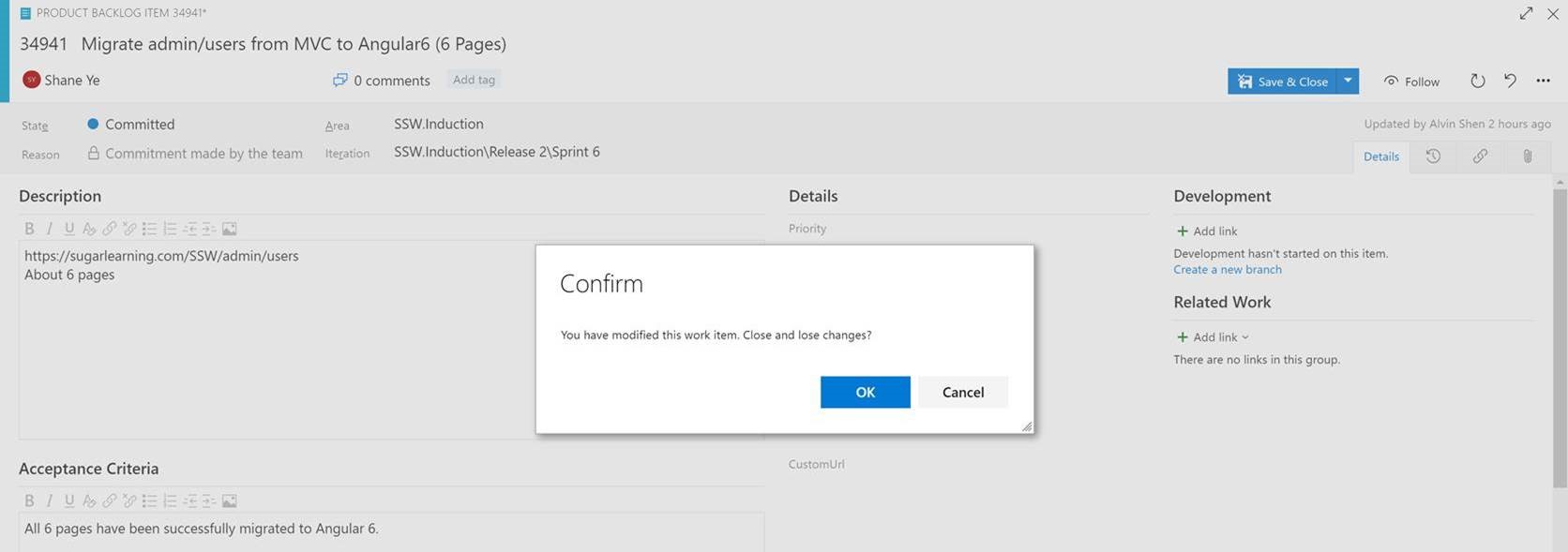
Figure 1: The default OK button tend to lead people not save the changes
The default ‘OK’ button led me to not save the changes. Which was very confusing!
On the other hand, most apps have the default button as Save the changes (e.g. Microsoft Word).
That is much more user-friendly.

Figure 2: The default button always saves the changes
This is important and in my opinion, I hope Microsoft fix this to make more sense.
 -
- 